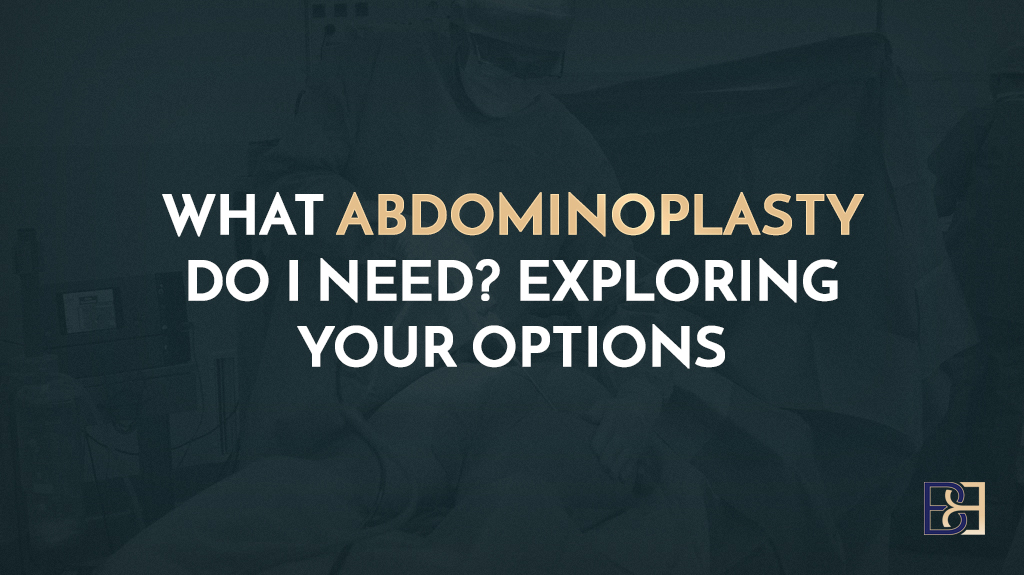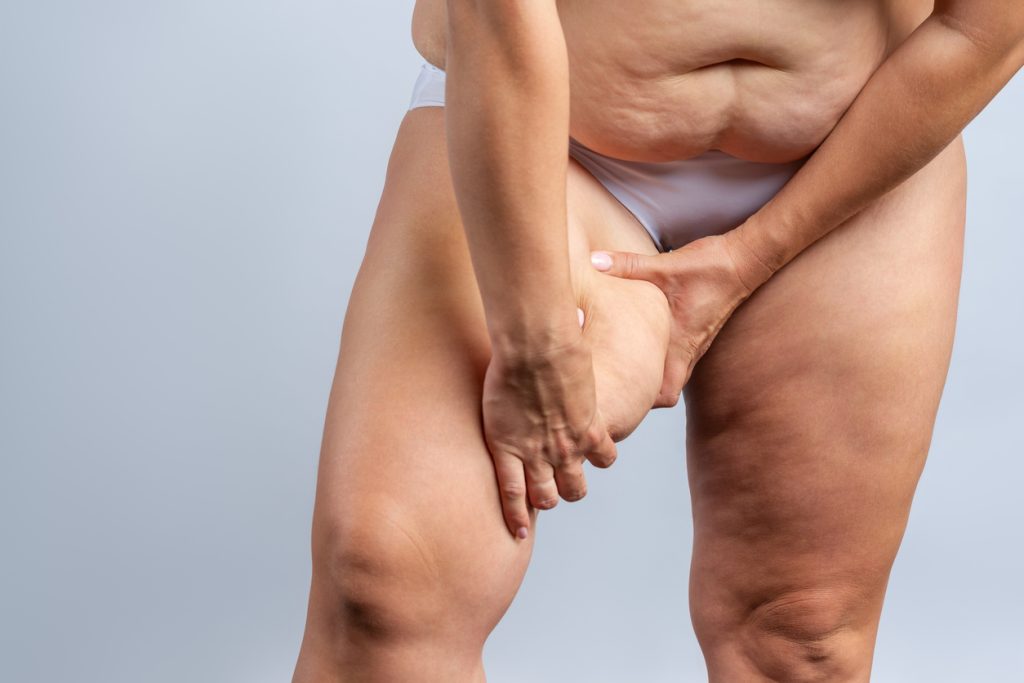
Excess skin on the inner thighs that accompanies major weight loss follwoing weight loss surgery can be particularly burdensome, preventing indivusals from fully enjoying their progress aong the weght-loss journey. Today’s blog post is all about how thighplasty (inner thigh lift) offers freedom from the burdens of loose thigh skin after weight loss surgery. If your thighs are rubbing together, thighplasty surgery can help eliminate this excess inner thigh skin and offer relief once and for all.
If you are struggling with excess skin after weight loss, no one needs to tell you that the inner thigh skin can be an issue. That is especially true since you have come so far in your journey to lose weight. While you feel a new sense of freedom, feeling “lighter” both physically and mentally, the extra skin after weight loss can sometimes be equally troubling.
For those of you considering thighpasty, AKA an inner thigh lift, this article has everything you need to know. This is your guide to planning a thigh lift correctly. Proper planning makes a huge difference to get a good result.
Why Is Excess Thigh Skin After Weight Loss a Problem?
Excess thigh skin after weight loss isn’t just a cosmetic concern—it can also lead to significant physical discomfort. One of the most common issues is chafing, which can make everyday activities like walking or exercising painful. Trapped heat and moisture in skin folds often lead to excessive sweating, rashes, and even skin infections.
These warm, dark, and damp areas are ideal environments for bacterial growth. The inner thighs, in particular, are vulnerable, and when skin folds rub together, it can exacerbate irritation and inflammation. Not only are these rashes uncomfortable and unsightly, but they can also pose health risks if left untreated.
For many post-weight loss patients, these ongoing issues make a strong case for inner thigh skin removal—not just for aesthetic improvement, but for comfort, hygiene, and overall well-being.

Inner thigh reduction
While the body slims down following weight loss surgery, the skin usually does not stretch back. This can lead to loose, excess skin all over the body, including the inner thighs. A common procedure for patients after weight loss surgery, an inner thigh lift, (thighplasty), removes excess skin on the upper legs.
A Medial Thighplasty (Inner Thigh Lift) iis usually the second cosmetic surgery for post-weight loss patients, second only to the belt lipectomy.
What happens at the Medial Thighplasty (Inner Thigh Lift) consultation?
When you meet Dr. Bernard Beldholm, FRACS, you are in good hands. Doctor Bernard specializes in excess skin removal and body contouring after major weight loss or pregnancy. Belt lipectomy, tummy tuck, and Medial Thighplasty (Inner Thigh Lift) are among his most requested surgeries.
After weight loss surgery, there’s a good chance you will have loose, excess skin on several parts of the body. In most cases, patients initially come in for an abdominoplasty (tummy tuck) consultation. While you are there, you will also have a chance to discuss other areas of concern.
After the abdominal area, thighs are the second most common concern among patients wishing to remove loose skin. Since you may need more than one surgery to remove loose skin, Doctor Bernard will provide you with information on each surgery. At the consultation, you will also learn about the full cost of the procedure(s). All your questions concerning skin removal will be answered. That way, you can make a decision about whether to go ahead with the procedure(s).
At our clinic, we understand that cosmetic surgery is a big decision. Doctor Bernard’s consultation comes with no pressure or obligation to make a decision on the spot. It is all about providing you with information so you can make an informed choice about how to reach your goals.
Book your appointment online now

Planning your Medial Thighplasty (Inner Thigh Lift) surgery
When you think ahead to a few years from now, what do you see? If you are seeking body contouring surgery, you are probably picturing an attractive body without all that loose skin.
If you want to remove loose skin on multiple body parts, it is important to note that these are major surgeries. Abdominoplasty (tummy tuck) surgery is a 6 hour operation alone. Therefor, surgeries should be spaced apart so you have time to heal before moving to the next area. You may consider a abdominoplasty, belt lipectomy, Medial Thighplasty (Inner Thigh Lift) , arm lift or breast work.
As Doctor Bernard explains, you may not need or wan all of them, but it’s planned out during the consultation. That way, you know where the end point is should you choose to remove loose skin in other places besides the tummy.
It all takes time. But for many post-weight loss patients, the results are worth it. In the big picture of your life, a few weeks here and there recovering from surgery is a small price to pay to get the body you want.
Removing all that excess skin gives you a new lease on life. And while cosmetic surgery can be expensive, you may be eligible for a Medicare rebate to help pay for post-weight loss cosmetic surgery. It is even possible to get early access to super for plastic surgery in some cases.
Your roadmap to success
At the consultation, Doctor Bernard will listen to your concerns. After examining the areas that are bothering you, he will provide you with a roadmap to get the body you want.
Planning the next two years or so of surgeries helps you see what milestones you will reach, and when. You will also have a clear picture of when the end point is. That way, you won’t be just dreaming about a better body…you will actually have a plan to get there.
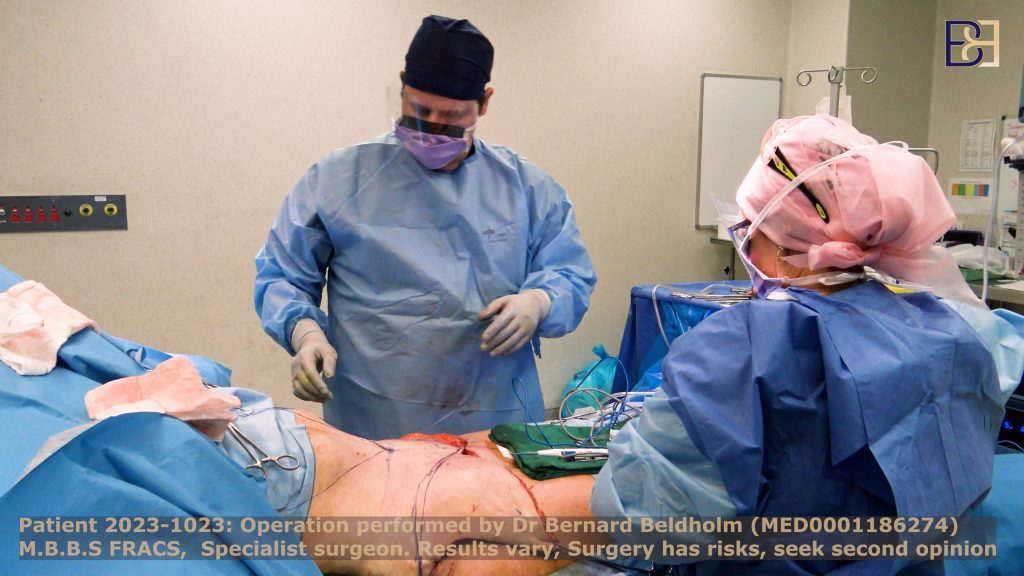
Removing loose abdominal skin before inner thigh skin
Post-weight loss patients may undergo a belt lipectomy surgery, first, and then, an Medial Thighplasty (Inner Thigh Lift) as the next surgery.
It’s often a big mistake to just get the inner thigh lift. Getting a belt lipectomy first helps tighten the thighs since everything gets lifted and tightened during the procedure. Skipping the belt lipectomy and going straight to an inner thigh lift means the patient will still have loose skin on the tummy and outer part of the thighs. It won’t be as good of a result as it could be.
Do I really need to get a belt lipectomy before an inner thigh lift?
For patients that have lost a substantial amount of weight thanks to weight loss surgery or extreme dieting, the answer is usually yes. A belt lipectomy is the first step to tightening both the tummy and thighs. It is very important to approach it this way.
A belt lipectomy involves a 360 degree cut and lift around the tummy area. Think of it like pulling your pants up. When Doctor Bernard pulls the lower body skin upward during the surgery, it helps tighten the tummy, outer thigh and inner thigh. That is the goal of belt lipectomy.
For some patients, a belt lipectomy provides adequate tightness and lift to the thigh area that they may not want to get inner thigh lift surgery. If there is still loose skin on the legs three months after belt lipectomy, you may choose to move forward with a Medial Thighplasty (Inner Thigh Lift).
Usually, Doctor Bernard waits at least three months after a belt lipectomy. This gives your body a chance to heal. From there, he can assess the inner thighs.
The belt lipectomy is a big operation. The surgery is six hours long. There is a bit of recovery time involved. It’s probably one of the biggest operations out of all the post-weight loss operations. So it is important to take that time to recover before doing an inner thigh lift.
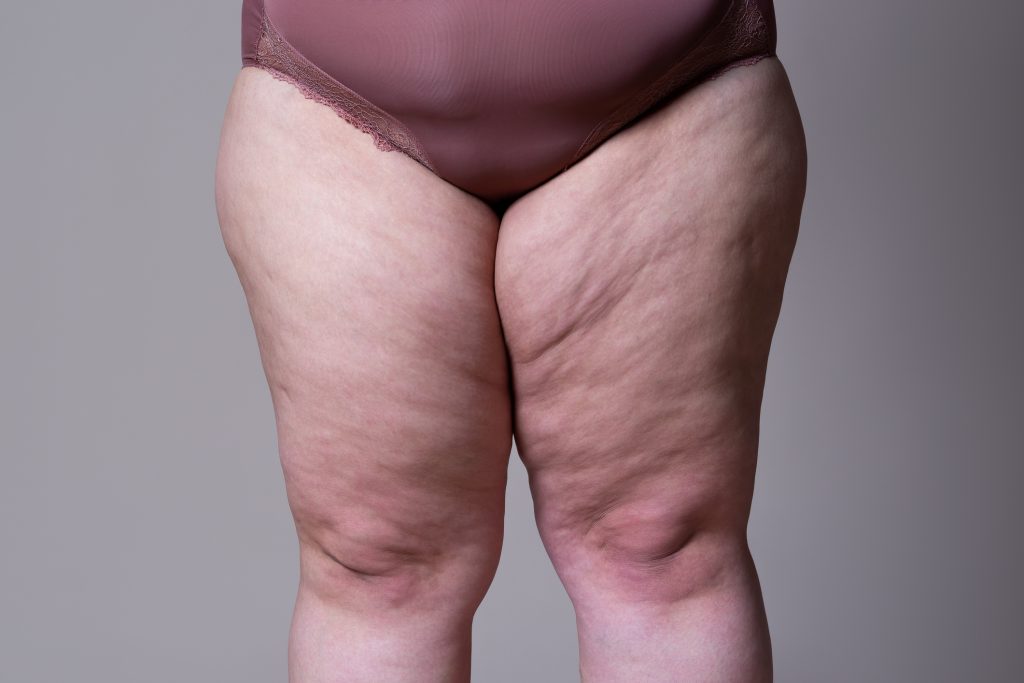
I just want a Medial Thighplasty (Inner Thigh Lift). What can I do?
For post-weight loss, the majority of patients want to remove tummy skin first, and then get rid of excess thigh skin. Yet not all patients that come in to see Doctor Bernard for excess inner thigh skin need work on the tummy as well.
Fat distribution varies from person to person. Upon losing weight, bottom-heavy patients may be left with loose skin on the inner thigh area alone. While this is rare, it can happen. In this case, Doctor Bernard will consider an inner thigh lift as the first operation, skipping the belt lipectomy.
However, 99% of the time patients that lose 30-40 kilos or more will have loose abdominal skin and inner thigh skin. In this case, a belt lipectomy followed by an inner thigh lift may be recommended.
I just need inner thigh fat removal. Is Medial Thighplasty (Inner Thigh Lift) right for me?
Medial Thighplasty (Inner Thigh Lift) is not the only surgery that works on the inner thighs. For example, young mothers that have lost weight after pregnancy may have excess fat in the thigh area that won’t budge even with diet and exercise.
This is not the type of substantial weight loss as someone with lap band, gastric bypass, or sleeve gastrectomy surgery. She may just have a bulge in the inner thigh area that remains after losing the pregnancy weight. For them, liposuction may be all that is needed. Doctor Bernard uses the latest liposuction technology to help slim the inner thighs.
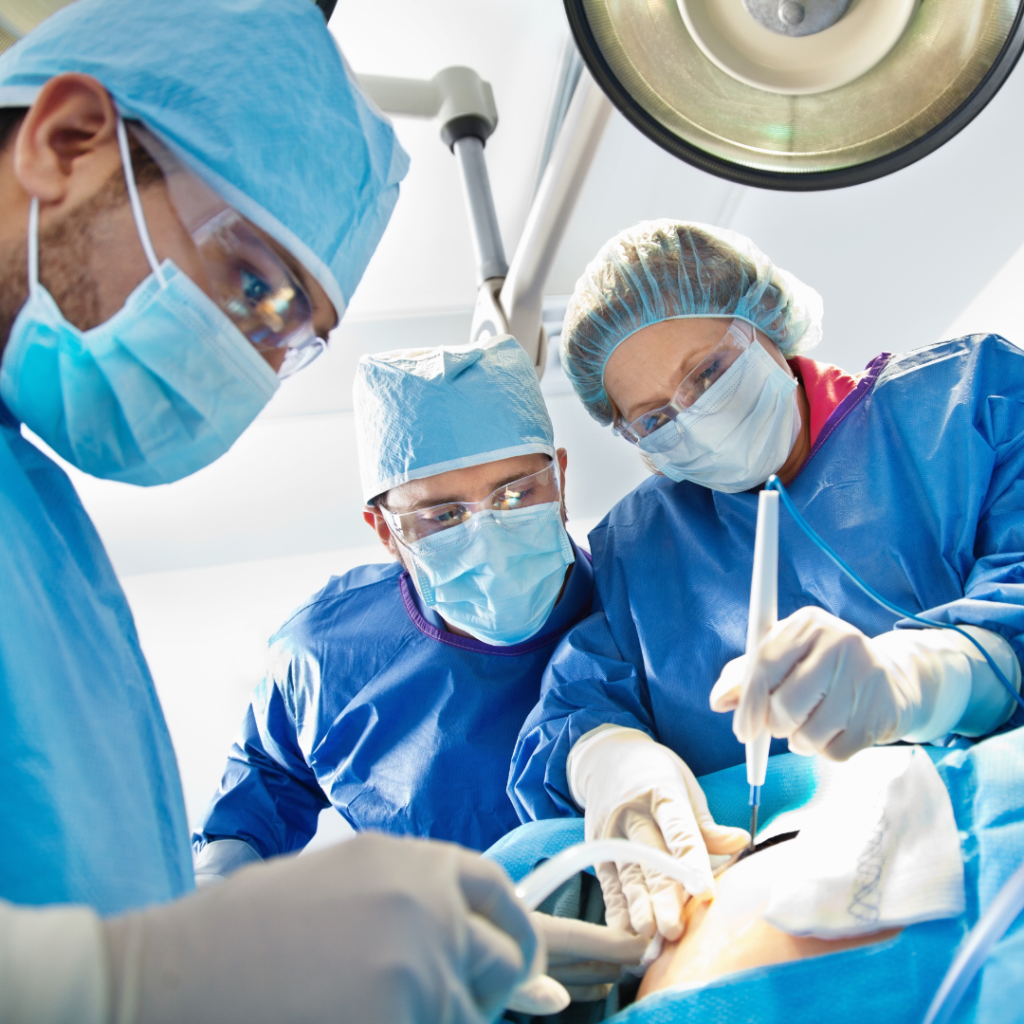
Medial Thighplasty (Inner Thigh Lift) Techniques
There are a few ways to remove loose inner thigh skin.
Thighplasty basics: What happens during surgery?
A Medial Thighplasty (Inner Thigh Lift) takes three hours. The goal is to tighten loose skin and reduce inner thigh fat.
First, Doctor Bernard performs extensive liposuction in the thigh area to remove stubborn pockets of fat. Then, the loose skin is trimmed away and the incision is carefully stitched closed. For post-weight loss patients, two kilos or more of loose skin is removed on average.
Dr. Bernard has over 15 years of experience performing inner thigh lifts. As a specialist in body contouring after weight loss and pregnancy, he has researched and refined a range of surgical techniques. His extensive experience allows him to tailor each procedure to the patient’s needs and pursue the best possible outcomes.
The two most common techniques are: vertical inner thigh lift and T-junction inner thigh lift.
Vertical thighplasty
A vertical thighplasty (thigh lift) is Doctor Bernard’s preferred surgery. After healing from belt lipectomy, an inner thigh lift with a vertical incision and thigh liposuction is done.
A vertical incision on the inner thigh with liposuction provides an excellent recovery. In addition to minimal adverse side effects, the incision usually heals quite easily.
The downside with a vertical incision is that it does not have a skin lifting effect, which is why it is important to get a belt lipectomy first. Doing so helps with inner thigh tightening and lifting.
T-junction inner thigh lift
The T-junction is another common thighplasty (thigh lift) technique. This involves an incision in the groin area. The incision then extends down the inner thigh, toward the knee. Unfortunately, there can be problems with this approach, particularly for female patients.
Performing a groin incision can cause the labia to spread apart in a way that is not cosmetically desirable. If this occurs, it is almost impossible to fix. Avoiding the T-junction incision is used to avoid that problem.
Second, a T-shaped incision means there is an area on both sides of that T that will have a reduced blood supply. Research shows that maintaining a good blood supply to the surgical site reduces complications and makes healing easier.
With a T-junction, there is a higher chance of wound break down, poor healing and a longer recovery time. For those reasons, Doctor Bernard prefers the vertical incision to the T-junction.

Conclusion
With more than 15 years of fine-tuning his inner thigh lift technique, it is Doctor Bernard’s medical opinion that post-weight loss patients often do better with a belt lipectomy first, then an inner thigh lift with a vertical incision and liposuction.
This approach isn’t one-size-fits-all. Each patient is unique. The surgery will be tailored to your individual cosmetic concerns and goals. It all starts with a consultation and creating an individualized surgical plan to augment your post-weight loss body with as few surgeries as possible.





